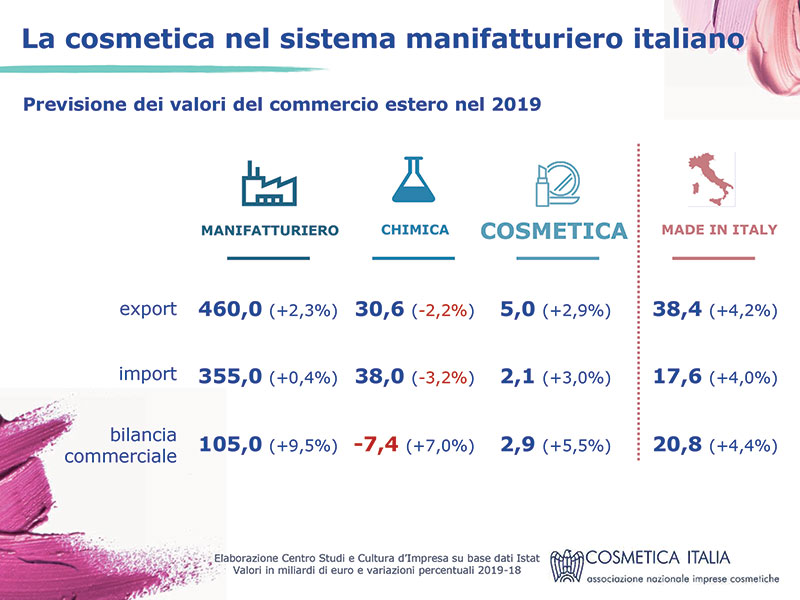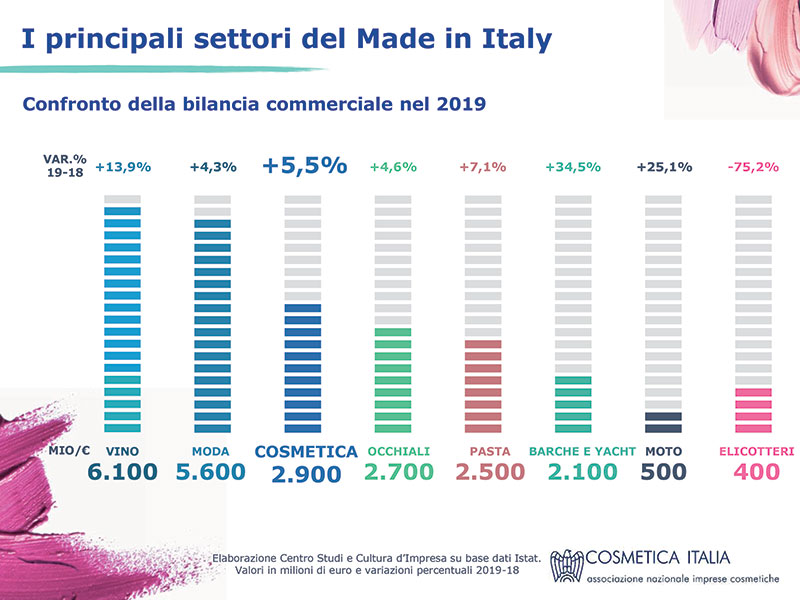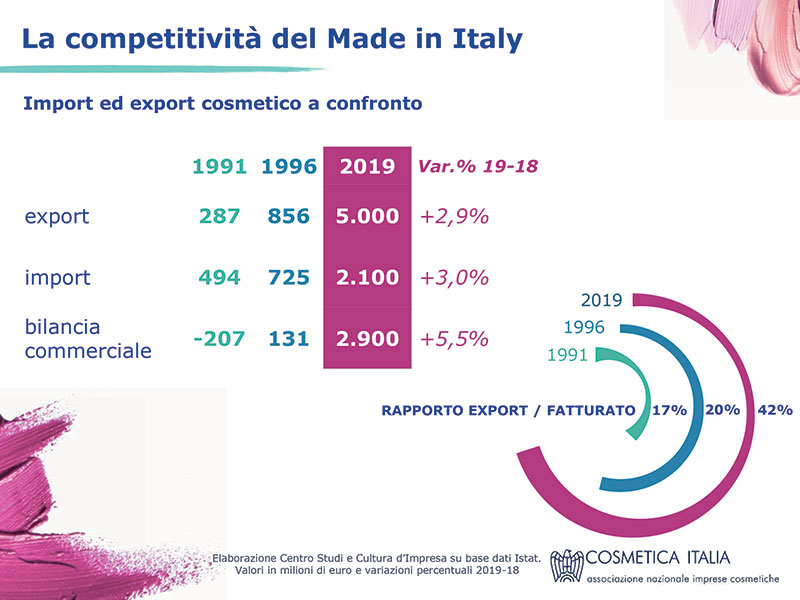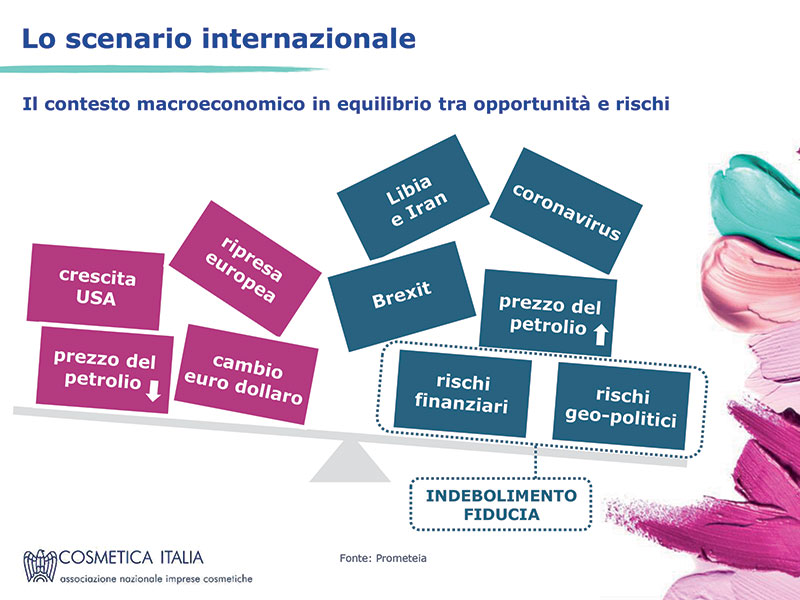Cosmetics made in Italy: An industry that is good for the country
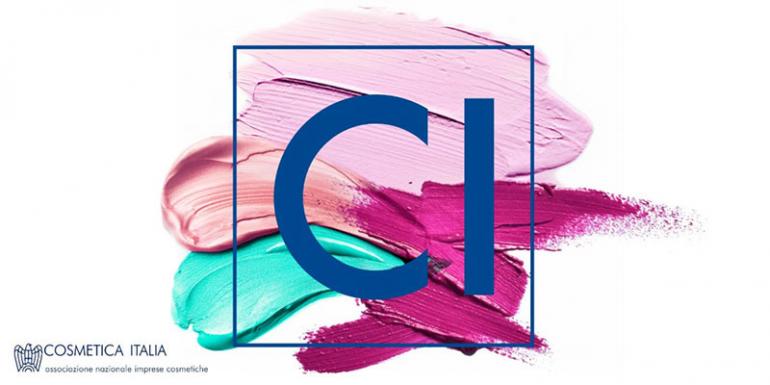
Despite a worldwide scenario marked by uncertainties and instabilities, the cosmetics sector is holding its prime position. This is highlighted by the economic surveys carried out by the Cosmetica Italia Study Center, which show the 2019 preliminary results and the forecasts for the first half of 2020.
Milan, February 20. During the traditional “pre Cosmoprof” meeting that took place at the IntesaSanpaolo Conference Room, the president of Cosmetica Italia, Renato Ancorotti, stated: «In the manufacturing panorama, compared to contiguous sectors, the Italian cosmetics industry has a strong appeal on international markets, placing itself third after wine and fashion in terms of balance of trade. In short, cosmetics is an industry that is good for Italy and able, even in contexts of great uncertainty, to react positively by investing in research and development to strengthen the quality of the offer».
A trend which, together with the anti-cyclical nature of the sector in terms of Italian consumption, enables us to continue to look to the future with a certain amount of optimism.
Industry figures
The closing estimates for 2019 indicate a growth of 2.3% for the global turnover of the cosmetics sector with a value of 11.9 billion euros; although slowing down, exports are still lively, with a value of 5 billion euros (+2.9% compared to 2018) positively effecting the balance of trade, now close to 2.9 billion euros (+5.5% compared to 2018).
A positive performance also seen on Italy’s domestic market: the 2019 preliminary results show a 2% growth in Italian spending (over 10.3 billion euros in value) with similar forecasts for 2020.
The contribution of the professional channels that show a steady consumption is significant: in fact, professional hairdressing shows a+2% compared to 2018, while beauty salons register a+0.9%.
Perfumery (+2%) and pharmacy (+1.8%), respectively second and third channels for the sale of cosmetics in Italy, also show an upswing; the mass market, which in turn accounts for more than 40% of distribution, indicates a closure for 2019 of+0.6%.
The focus on natural cosmetics has led to the +1.4% reported by the herbalist channel for the end of 2019, while the ever-changing dynamics of e-commerce once again generate trends that are superior to the other channels (+22% for the end of 2019). Against this, direct sales were affected by the shift towards more innovative forms of distribution and register a static trend at the end of 2019.
Lastly, cross-cutting the various channels, subcontracting allows us to understand the evolution of the same in the medium to long term, showing a growth of+3.5% at the end of the year.
As stated by Gian Andrea Positano, head of the Cosmetica Italia Study Center «We are witnessing a growing contamination between classic channels and new forms of distribution that are garnering consumer consent. Omnichanneling is pushing companies to review their strategies, creating new forms of disintermediation».

